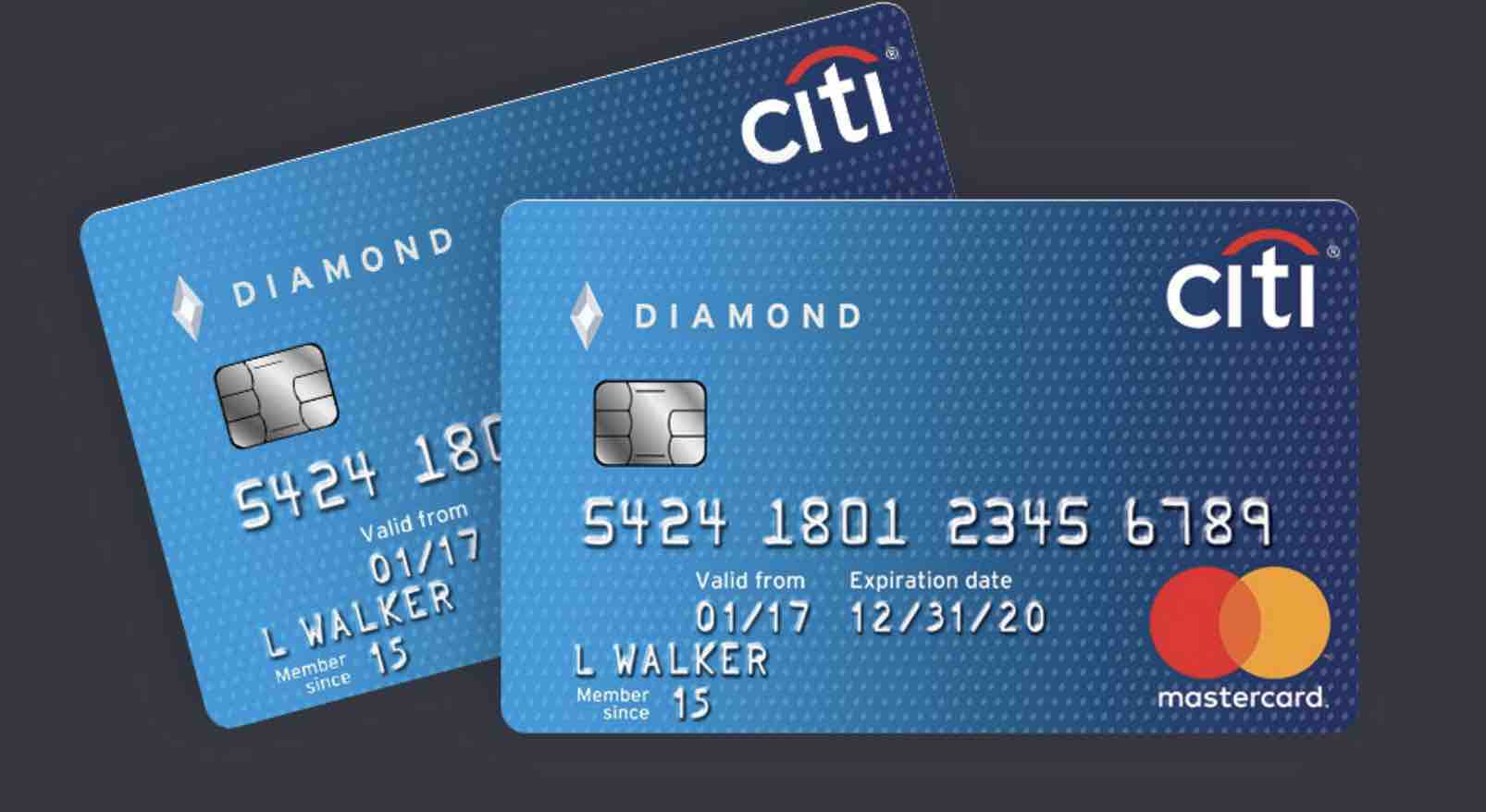

Finance
How To Lower Minimum Payment On Credit
Published: February 25, 2024
Learn how to reduce your credit card's minimum payment and manage your finances effectively with our expert tips and strategies. Take control of your financial health today!
(Many of the links in this article redirect to a specific reviewed product. Your purchase of these products through affiliate links helps to generate commission for LiveWell, at no extra cost. Learn more)
Table of Contents
Introduction
In the realm of personal finance, managing credit card payments is a crucial aspect of maintaining a healthy financial standing. One of the key components of credit card management is the minimum payment, which represents the lowest amount a cardholder must pay each month to keep the account in good standing. While making at least the minimum payment is essential to avoid late fees and negative impacts on one's credit score, it can sometimes pose a challenge for individuals facing financial constraints.
Understanding the dynamics of minimum payments and exploring strategies to lower them can significantly alleviate the burden on cardholders while promoting responsible financial practices. By delving into the intricacies of minimum payments and unveiling practical methods to reduce them, individuals can gain a clearer perspective on managing their credit card obligations effectively.
In the following sections, we will delve into the fundamental concepts of minimum payments, elucidate the factors influencing their determination, and explore actionable approaches to decrease these payments. From negotiating with credit card companies to leveraging balance transfers and debt consolidation, a spectrum of strategies exists to empower individuals in lowering their minimum payments and achieving greater financial stability. Let's embark on this enlightening journey to unravel the mechanisms of minimum payments and unveil the pathways to mitigate their financial impact.
Understanding Minimum Payments
Minimum payments on credit cards represent the lowest amount that cardholders are required to pay each month to keep their accounts in good standing. This figure is calculated based on a percentage of the total balance or a predetermined minimum amount, typically ranging from 1% to 3% of the outstanding balance. While meeting the minimum payment is essential to avoid late fees and negative credit implications, it is crucial to comprehend the underlying dynamics of these payments.
Minimum payments primarily encompass two key components: the interest accrued on the outstanding balance and a portion of the principal amount. The interest, which is calculated based on the annual percentage rate (APR) and the remaining balance, constitutes a significant portion of the minimum payment. Additionally, a fraction of the principal amount is included to gradually reduce the outstanding balance over time. However, it is important to recognize that making only the minimum payment prolongs the repayment period and results in higher overall interest costs.
Moreover, the factors influencing the determination of minimum payments extend beyond the outstanding balance and interest rate. Fees, such as late payment fees and over-limit fees, can also contribute to the minimum payment amount. Understanding these components empowers individuals to make informed decisions regarding their credit card payments and fosters a deeper comprehension of the financial implications associated with minimum payments.
By gaining a comprehensive understanding of minimum payments, individuals can navigate the terrain of credit card management with enhanced clarity. This knowledge serves as a cornerstone for exploring effective strategies to lower minimum payments and mitigate their financial impact, ultimately fostering greater financial well-being and stability.
Ways to Lower Minimum Payments
Lowering minimum payments on credit cards can significantly alleviate financial strain and facilitate more manageable debt repayment. Fortunately, several proactive strategies exist to reduce minimum payments and enhance financial stability.
- Pay More Than the Minimum: While the focus is on lowering minimum payments, paying more than the minimum amount due can expedite debt repayment and reduce overall interest costs. By allocating additional funds towards the outstanding balance, individuals can gradually diminish the minimum payment over time.
- Reduce Outstanding Balances: Lowering the total balance on credit cards through consistent payments or lump-sum contributions can lead to a subsequent decrease in the minimum payment amount. This approach not only diminishes the financial burden but also accelerates the journey towards debt freedom.
- Request a Lower APR: Contacting credit card issuers to negotiate a lower annual percentage rate (APR) can yield a reduced minimum payment, especially when the interest constitutes a significant portion of the total payment. Exploring this option empowers individuals to proactively manage their credit card obligations.
- Utilize Grace Periods: Leveraging the grace period offered by credit card companies allows individuals to make purchases without incurring interest, thereby mitigating the impact on the outstanding balance and subsequently lowering the minimum payment.
- Avoid Cash Advances: Cash advances often entail higher interest rates and additional fees, leading to an increase in the outstanding balance and, consequently, the minimum payment. By refraining from cash advances, individuals can prevent unnecessary escalations in their minimum payments.
Implementing these strategies empowers individuals to take proactive steps towards reducing their minimum payments, fostering responsible financial management, and achieving greater control over their credit card obligations.
Negotiating with Credit Card Companies
Engaging in negotiations with credit card companies can be a strategic approach to lower minimum payments and alleviate financial burdens. By initiating conversations with card issuers, individuals can explore various avenues to negotiate more favorable terms and conditions, ultimately leading to reduced minimum payments.
One effective negotiation strategy involves directly addressing the annual percentage rate (APR) with the credit card company. Requesting a lower APR can lead to a subsequent decrease in the minimum payment, as a significant portion of the payment is attributed to interest. Providing a compelling rationale, such as a solid payment history or improved creditworthiness, can bolster the negotiation process and enhance the likelihood of securing a reduced APR.
Furthermore, individuals can leverage their loyalty and positive payment history with the credit card issuer as bargaining chips during negotiations. Highlighting long-standing patronage and consistent, timely payments can position individuals favorably when seeking concessions to lower minimum payments. Additionally, emphasizing the intention to maintain a long-term relationship with the credit card company can underscore the mutual benefits of accommodating the cardholder’s financial circumstances.
It is also prudent to inquire about hardship programs or alternative payment arrangements offered by credit card companies. These programs are designed to assist individuals facing financial challenges by providing temporary relief, such as reduced minimum payments or waived fees. By expressing genuine financial hardship and demonstrating a commitment to resolving outstanding balances, individuals can potentially secure more manageable payment terms through these specialized programs.
Engaging in open and constructive dialogue with credit card companies underscores the proactive approach to managing financial obligations and fosters the potential for mutually beneficial solutions. By tactfully negotiating with card issuers, individuals can pave the way for reduced minimum payments, thereby alleviating financial strain and promoting a more sustainable path towards debt repayment.
Transferring Balances to Lower Interest Cards
Transferring credit card balances to cards with lower interest rates can be a strategic maneuver to reduce minimum payments and overall interest costs. This approach involves consolidating existing credit card balances onto a new card with a more favorable annual percentage rate (APR), thereby mitigating the financial burden associated with minimum payments.
When contemplating balance transfers, it is essential to conduct thorough research to identify credit cards offering competitive introductory APRs or long-term low interest rates. By leveraging these offerings, individuals can benefit from reduced interest expenses, subsequently leading to lower minimum payments on the consolidated balances. It is important to scrutinize the terms and conditions of the new card, including any balance transfer fees and the duration of the promotional APR period, to make an informed decision regarding the transfer.
Moreover, consolidating balances onto a single card streamlines debt management by centralizing payments and simplifying the repayment process. This consolidation not only contributes to lowering minimum payments but also enhances financial organization and oversight, fostering greater control over credit card obligations.
It is crucial to approach balance transfers judiciously and ensure that the consolidation aligns with long-term financial goals. By strategically transferring balances to lower interest cards, individuals can curtail interest expenses, diminish minimum payments, and embark on a more sustainable trajectory towards debt repayment and financial well-being.
Consolidating Debt
Consolidating debt entails combining multiple outstanding balances, such as credit card debts, into a single, manageable loan or line of credit. This strategic approach offers several potential benefits, including the reduction of minimum payments and the simplification of debt management.
One common method of debt consolidation involves obtaining a personal loan with a favorable interest rate to pay off existing credit card balances. By centralizing debts into a single loan, individuals can streamline their repayment efforts, potentially securing a lower interest rate and, consequently, reducing the overall minimum payment. This approach not only eases the financial burden but also provides a structured framework for debt repayment, fostering greater financial control and discipline.
Additionally, individuals can explore the option of consolidating credit card balances through a balance transfer to a single card with a more advantageous annual percentage rate (APR). This consolidation not only simplifies debt management but also has the potential to lower interest expenses, leading to reduced minimum payments and facilitating a more sustainable approach to debt repayment.
It is imperative to approach debt consolidation prudently, taking into account the associated terms, potential fees, and the long-term financial implications. By evaluating the feasibility of consolidating debts and assessing the impact on minimum payments, individuals can make informed decisions to optimize their financial standing and embark on a more structured path towards debt freedom.
Seeking Financial Assistance
When faced with challenges in meeting credit card minimum payments, seeking financial assistance can provide much-needed support and guidance. Several avenues exist through which individuals can access assistance to alleviate the burden of minimum payments and navigate their financial obligations effectively.
Non-profit credit counseling agencies offer valuable resources for individuals grappling with credit card debt. These organizations provide expert guidance on debt management, budgeting, and negotiating with creditors to lower minimum payments. Through personalized counseling sessions, individuals can gain insights into their financial situation, explore viable strategies for reducing minimum payments, and receive comprehensive support in managing their credit card obligations.
Furthermore, individuals experiencing financial hardship may qualify for hardship programs offered by credit card companies. These programs are designed to provide temporary relief by adjusting minimum payments, waiving fees, or offering alternative payment arrangements. By proactively reaching out to credit card issuers and articulating their financial challenges, individuals can potentially secure more manageable payment terms through these specialized programs.
Government assistance programs and community resources also play a pivotal role in supporting individuals facing financial difficulties. Programs such as debt relief grants, low-income assistance, and financial counseling services can offer valuable aid in navigating credit card obligations and mitigating the impact of minimum payments on overall financial well-being.
It is essential for individuals to approach seeking financial assistance with transparency, diligence, and a willingness to actively engage with the available resources. By leveraging the support of credit counseling agencies, hardship programs, and community initiatives, individuals can gain the necessary tools and guidance to alleviate the burden of minimum payments and pave the way for a more sustainable and empowered approach to managing their credit card obligations.
Conclusion
Managing credit card minimum payments is a fundamental aspect of maintaining financial stability and responsible debt management. By gaining a comprehensive understanding of the dynamics of minimum payments and exploring proactive strategies to lower them, individuals can navigate their credit card obligations with enhanced clarity and control.
From negotiating with credit card companies to leveraging balance transfers, debt consolidation, and seeking financial assistance, a spectrum of actionable approaches exists to alleviate the burden of minimum payments and foster a more sustainable path towards debt repayment. Paying more than the minimum, reducing outstanding balances, and exploring options to lower annual percentage rates are pivotal steps in mitigating the impact of minimum payments on overall financial well-being.
Furthermore, the proactive engagement with credit counseling agencies, hardship programs, and community resources underscores the importance of seeking support and guidance when facing financial challenges. By leveraging these resources, individuals can access valuable tools, insights, and assistance to navigate credit card obligations and mitigate the impact of minimum payments on their financial health.
In conclusion, the journey towards lowering minimum payments on credit cards encompasses a multifaceted approach, blending financial acumen with proactive decision-making and a willingness to seek support when needed. By implementing these strategies and fostering a proactive mindset, individuals can embark on a transformative path towards financial empowerment, debt freedom, and sustained well-being.














